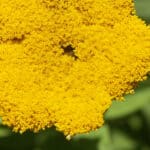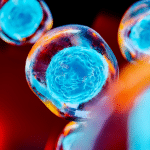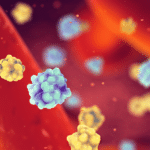Across political boundaries, a group of scientists from Russia, China, and the USA crystallized the CB2 cannabinoid receptor.
This is a major achievement that will deepen our understanding of how CB2 works at a chemical level, even though X-rays of the crystal don’t provide a perfect representation of CB2 as it exists in the body. Many of these scientists were also involved in crystallizing the other main cannabinoid receptor, CB1, in 2016. These developments are also a major help to those trying to design new drugs targeting cannabinoid receptors. To get a better sense of what “understanding” the chemical structure of the CB2 entails, see these articles on A lipid pathway for ligand binding is necessary for a cannabinoid G protein-coupled receptor and Structure-kinetic relationship studies of cannabinoid CB2 receptor agonists reveal substituent-specific lipophilic effects on residence time.
Read study: Crystal Structure of the Human Cannabinoid Receptor CB2
Adrian Devitt-Lee is a research scientist and longtime Project CBD contributor. © Copyright, Project CBD. May not be reprinted without permission.







